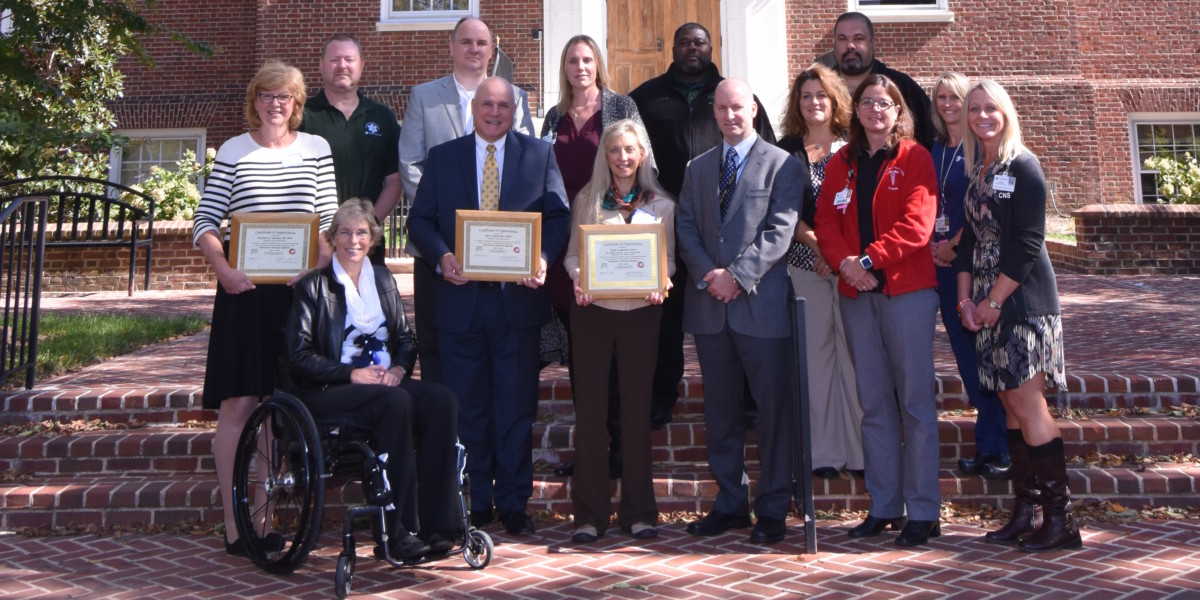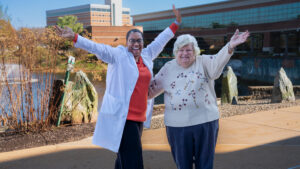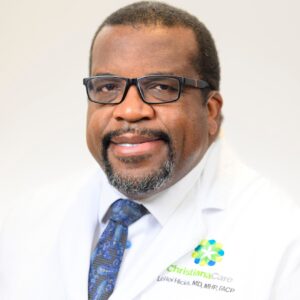For those fortunate enough not to need the Delaware Trauma System, the thought of how the state responds to emergencies likely lingers just long enough to pull over for a speeding ambulance. But each of those screaming sirens represents an elaborately choreographed production being played out by dozens of people and facilities throughout the state, making it much more likely for residents here to survive a trauma — and less likely for it to cause a permanent disability.
It wasn’t always that way.
Twenty years ago, personal cell phones were relatively new, and 911 was still working its way toward becoming a universal emergency number. Meanwhile, red call boxes were scattered along the interstate but were non-existent in many rural areas.
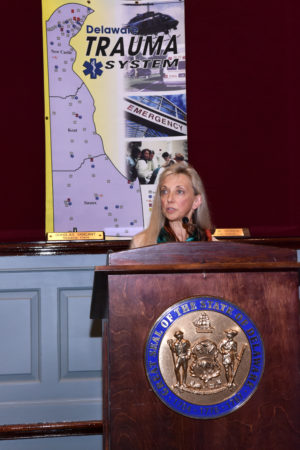
“The operator would have to ask, ‘Where are you?’ In an emergency, if you’re babysitting someone’s child, for example, you don’t necessarily know their address. Your brain is focused on the emergency, you can’t think about where you are,” said Linda Laskowski Jones, MS, APRN, ACNS-BC, CEN, FAWM, FAAN, vice president of Emergency and Trauma Services at Christiana Care Health System.
“Who pays attention to mile markers when you’re panicking? The call boxes were a mile apart, so if your incident occurred in the middle, you’re still going half a mile. There were delays in access to care,” she said.
In cases of traumatic injury, seconds can mean the difference between life and death, not to mention disability. The 60 minutes following a traumatic injury, known as “the golden hour,” are considered the most critical for successful medical treatment.
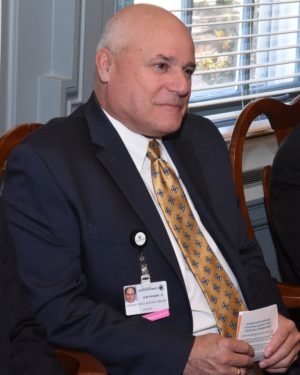
“If you don’t treat a traumatic brain injury immediately, you’ve essentially wasted time,” said Glen Tinkoff, M.D., FACS, trauma director at Christiana Care’s Wilmington Hospital, who has been medical adviser for the trauma system for the past 16 years. “Coordination is the key to emergency medical services. Decades ago, trauma caregivers statewide realized that if we adopted consistent care and uniform processes, we could prevent deaths and reduce the likelihood of injuries becoming serious disabilities.”
The challenge was getting everyone on the same wavelength — literally, when it came to radio communication — and having hospitals hammer out a standardized procedure for choosing the facility best suited to a patient’s needs and the fastest way of transporting them there. Then there were other considerations, among them coordinating with the Blood Bank, training flight nurses and figuring out a web of communication that would keep all of the crucial players in the loop in real time.
One of the faces of the crusade was a young mother.
On July 15, 1991, Peggy Beattie took the day off from her job at the DuPont Experimental Station so she and her husband Mike could take their 10-month old son to the beach for the first time.
Mike, a car salesman, was driving a dealer’s demo Oldsmobile down Route 1. Peggy sat in the back next to baby Alex in his car seat, a lap belt securing her in the middle spot. Around 11 a.m., the family had passed Dover and were nearing Milford when they suddenly came up on an Asplundh work truck in the left lane. It displayed no amber warning lights, and Mike realized too late that it was creeping along at about 5 miles per hour.
The force of the Beatties’ car crashing headlong into the heavy truck threw Peggy forward so violently that her lap belt cut her pancreas in two and severely damaged her stomach, intestines and other soft tissue. When paramedics arrived, the young mother was in a severe state of shock and had no detectable blood pressure.
Restrained by a belt but with no airbag to cushion the blow, Mike slammed into the steering wheel, crushing his nose and snapping his collar bone. Remarkably, Alex suffered only brush burns on his shoulders from the straps of his car seat.
The family was transported to Bayhealth Milford Memorial Hospital, where a plastic surgeon happened to be on duty who could repair Mike’s face. Another surgeon was able to stabilize Peggy. But when paralysis started setting in from the swelling of her injuries pinching off blood flow, the staff at Milford realized she needed specialty care they could not provide. Peggy was flown by state police helicopter to Christiana Hospital, which has since become the region’s only Level 1 trauma center for adults and children. There, she underwent more surgeries and was placed on a ventilator in the intensive care unit, where she would remain for five weeks.
Three months after the accident, Peggy was flown to Magee Rehabilitation Hospital in Philadelphia. Five months later, Peggy, now a quadriplegic, returned to her job as an industrial bioscientist.
At every step, Peggy received the best care possible. But it was only by chance that all of the elements of an organized trauma system were available when she needed them. It was clear that a formal system was needed.
“Things couldn’t have gone better for her,” Laskwoski Jones said. “Our point was that the moon and the stars had aligned. How often does that happen? None of that was hardwired. What we wanted was for it to be solidified, not by chance.”
The young mother was asked to join the crusade, Laskowski Jones said, testifying before the Joint Finance Committee in Dover to help convince legislators to accept federal grant money that would be matched by the state to create a coordinated trauma system.
“She actually drove us,” Laskowski Jones said of herself and Dr. Tinkoff. “I couldn’t believe it. Here we were in the back of this van, being driven by a quadriplegic with hand controls!”
Twenty years later, the Delaware Trauma System is one of the nation’s few inclusive statewide structures in which every acute hospital participates. Its goal: increase the chance of survival, reduce the incidence of permanent disability and reinstate the patient as a functioning member of society.
“It’s not just saving a life, but making sure it is a quality life, even though it may be a different life,” Laskowski Jones said.
After several years of preparation, the Delaware Trauma System was created through legislation in 1996. The first four years were “gear-up time,” Laskowski Jones said. By 2000, the system had collected enough data to begin tracking it.
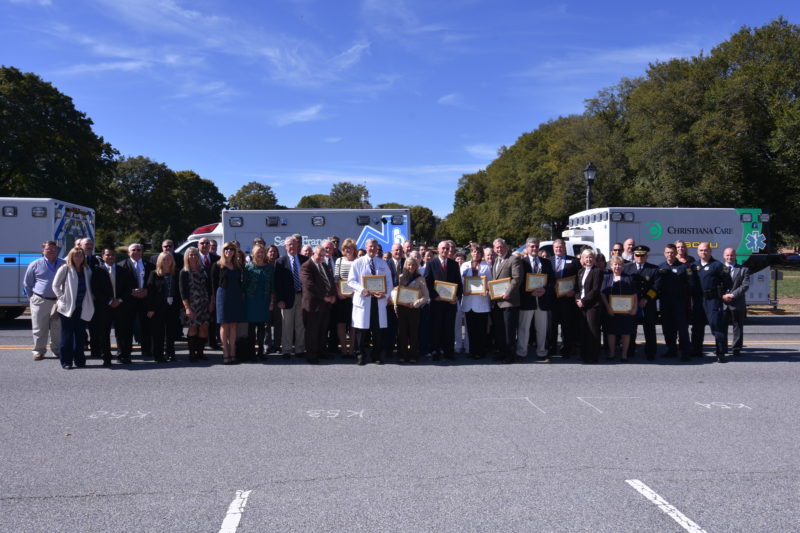
Since then, the system has treated 101,000 seriously injured people and is credited with saving 1,319 lives, representing a nearly 50 percent decrease in the mortality rate. That measure is consistently lower than the national average as reported by the National Trauma Data Bank.
Among the entities that offer synchronized care under the statewide system are 911 operators, emergency medical services, fire and police, air medical transport, hospital emergency trauma teams, operating rooms and intensive care units.
In October, dozens of representatives of these groups packed the House chambers at Legislative Hall to celebrate the system’s 20th anniversary and to honor 14 trauma caregivers for their 20 years of continuous service. Laskowski Jones and Dr. Tinkoff were among them. The other recipients from Christiana Care were Marilynn Bartley, MSN, RN, and Gerard Fulda, M.D., FACS.
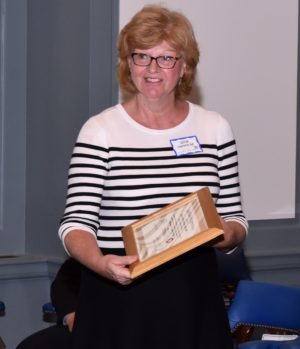
“Seriously injured people have a much better chance of surviving now than they did 20 years ago because the state, our first responders and hospitals are synchronized in their care and treatment of trauma patients,” said Dr. Karyl Rattay, director of the Division of Public Health.
“No matter where people are injured in Delaware, they enter a system of care with a goal of ensuring that trauma patients are treated using the most up-to-date standard of care in the facility best equipped to manage their injuries,” said Rita Landgraf, secretary for the Department of Health and Social Services.
Trauma from intentional and unintentional injuries is the leading cause of death and disability for Delawareans and visitors from 1 to 44 years old. Unintentional injuries include falls, burns, car crashes, bicycle or pedestrian accidents and farm and industrial mishaps. Intentional injuries result from violence, assaults, shootings, stabbings and suicide.
More than 77 percent of all injury-related hospitalizations in the state are the result of falls, highway accidents and assault-related wounds. Educating the public on trauma prevention is key.
“People think accidents happen. They don’t have to,” Dr. Rattay said.
But when they do, the trauma system is ready, to the gratitude of people like Melanie Pertain, who in 2013 became one of the more than 4,000 trauma injury patients to be treated at Christiana Hospital.
Pertain, who happens to work at Christiana Care as a registered respiratory therapist, shared her story at the anniversary celebration.
Friday, Oct. 18, was her husband’s birthday and the couple’s wedding anniversary. With their 3-year-old son and 15-month-old daughter, they were driving on Route 202 in their Honda Accord, on their way to a hayride at a farm, when a drunk driver crashed into them.
Pertain, the most injured of them all, suffered facial fractures and a traumatic brain injury. All were taken to Christiana Hospital, where she stayed for two weeks before moving to a local rehabilitation hospital.
“I had tremendous care in the Emergency Department, before I was taken to the operating room,” she said.
The incident left her shaken but thankful.
“I tell myself: Be grateful, not hateful,” she said.
As she spoke, in the back of the room, in a wheelchair on the end of the last aisle, sat Peggy Beattie.
Despite having played a crucial role in the development of the Delaware Trauma System, she had no idea it had come so far.
“I was amazed,” she said. “I really had no idea the extent of the whole project — the continuous training of the first responders and the cooperation of all of the hospitals,” she said. “I owe a huge, huge thank-you to the people who put in so much time and energy to develop this system.”
